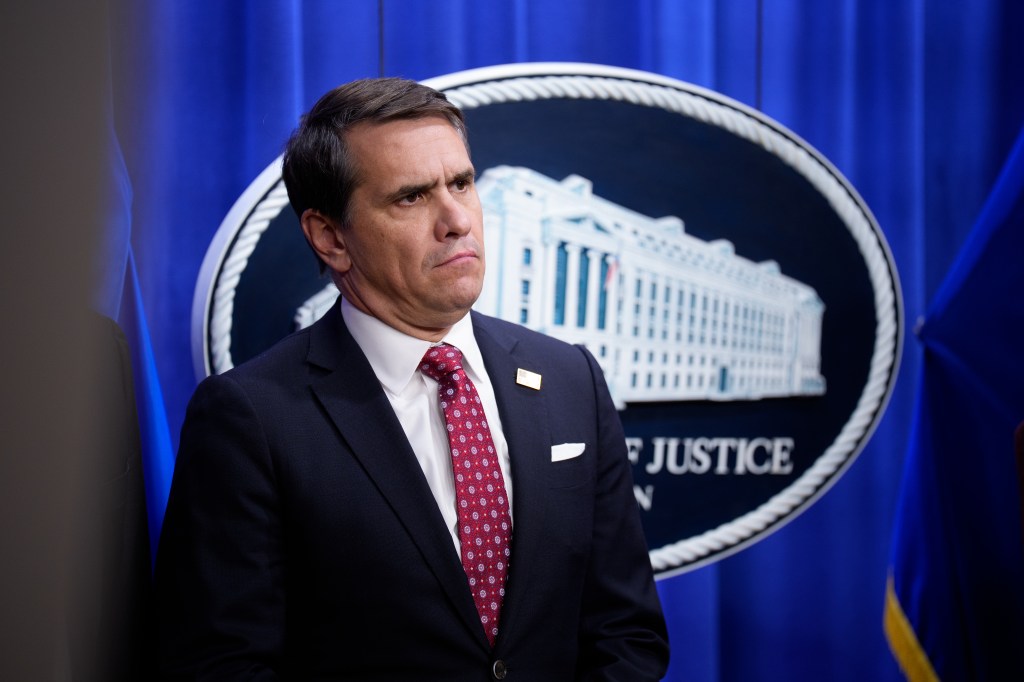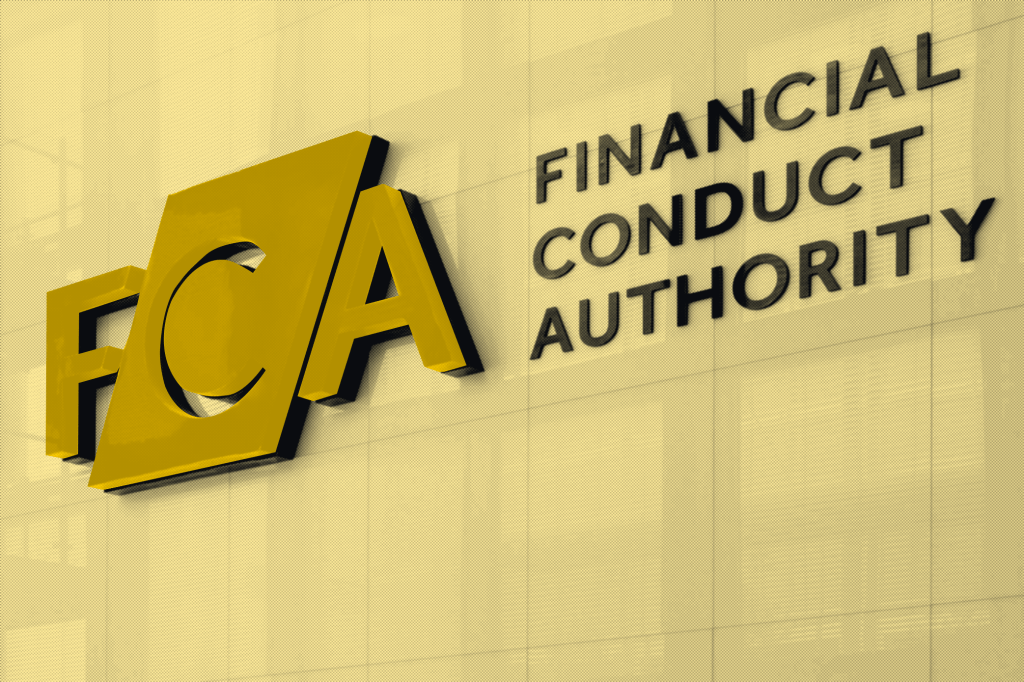Stepping into the role of Chief Compliance Officer (CCO) at an investment advisory firm can feel like walking into a whirlwind. You’ve got policies, procedures, and training slides ready to go – but winning respect, buy-in, and engagement? That’s a whole different battle.
If you’ve just taken the reins
Register for free to keep reading
To continue reading this article and unlock full access to GRIP, register now. You’ll enjoy free access to all content until our subscription service launches in early 2026.
- Unlimited access to industry insights
- Stay on top of key rules and regulatory changes with our Rules Navigator
- Ad-free experience with no distractions
- Regular podcasts from trusted external experts
- Fresh compliance and regulatory content every day

















